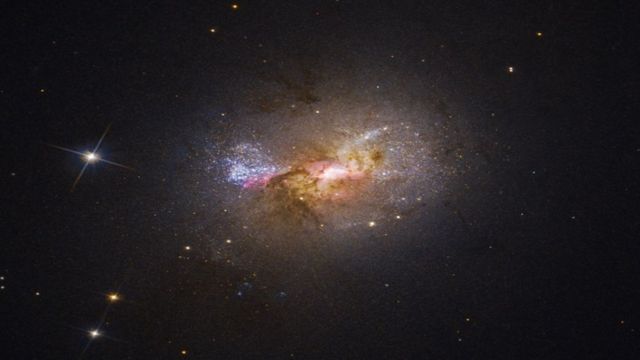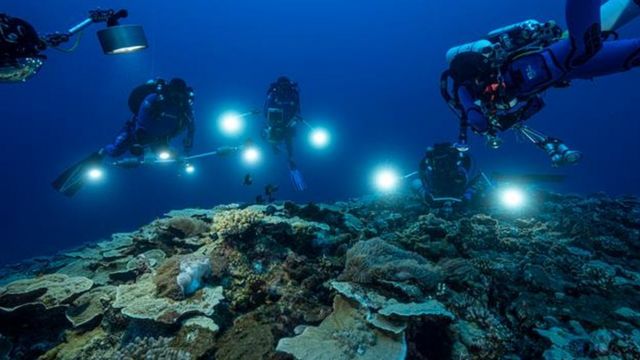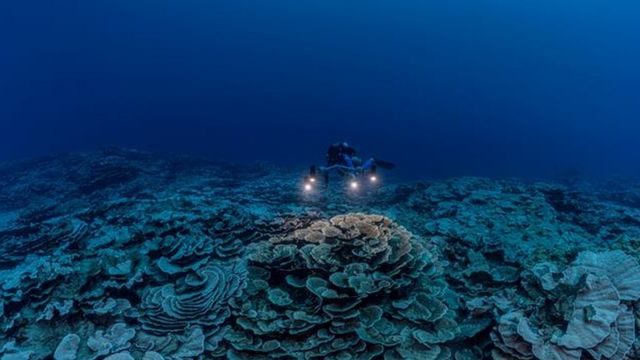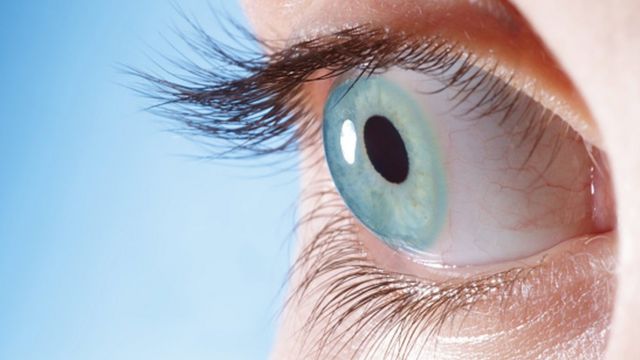The science news of the week: Aging always reflects on our bodies in one way or another, but it is well known that not all people look their age: some people manage to keep their shape even in old age, while others may look like an old person in the middle of their life. But it is said that if you look carefully into a person’s eyes, they will tell you their true age. This is the essence of the discovery made by scientists at the Australian Centre for Eye Research (CERA), who have created a self-learning computer program that can not only determine a person’s biological age, but also predict what health problems they may experience in the future, and even how long they will live, based solely on the eyes, or more specifically, the retina. The algorithm is so accurate that it was able to determine the age of 47,000 middle-aged and elderly Britons with a margin of error of no more than 3.5 years. Because the studies were spread out over a decade, 1871 people have died since the images were taken, and most of the people whose retinas looked older were in that group. Although previous studies have suggested that the condition of cells in the fundus of the eye can provide insight into impending cardiovascular disease, kidney problems, and other organ-related problems in humans, a new study has shown for the first time that the retina can also indicate overall lifespan.
We explain quickly, simply, and clearly what happened, why it matters, and what will happen next. Episodes The end of the story: Podcast Advertising Researchers link this to the fact that retinal tissue is saturated with blood vessels and nerve endings, providing important visual information about the state of the brain and cardiovascular system. According to scientists, the retina serves as a window into existing and impending neurological problems. “Our work confirms the hypothesis that the retina plays an important role in the aging process of the body and is highly sensitive to the cumulative damage caused by this process, increasing the risk of fatal outcomes,” conclude the authors of the study. Although there are other biomarkers of aging known to science, they are far less accurate than retinal age measurement, and they are also very expensive, time-consuming, and invasive. Here is the translation of the Russian text into English: “And the retina can be scanned in less than five minutes, and if further research succeeds in connecting this layer of tissue with the rest of the body, then doctors will have a new excellent diagnostic tool.”

Black holes are known to devour anything that has the [mis]fortune to enter their gravitational field. What a surprise it was for astronomers who used the Hubble Space Telescope to discover a supermassive black hole in a neighboring dwarf galaxy that became a mother, literally giving birth to several stars at once. There is direct evidence for this – a “cosmic umbilical cord” of gas and stellar dust 500 light-years long. This black hole, located about 34 million light-years from the Henize 2-10 galaxy (named after American astronaut and astronomer Karl Gordon Henize), ejected a massive jet of plasma from its core at a tremendous speed of 1.6 million kilometers per hour. This fiery stream contributed to the birth of new stars in the “stellar nurseries” of the dwarf galaxy, which consists of only a few million stars. “I suspected from the beginning that something unusual was happening in the Henize 2-10 galaxy, and now the Hubble Space Telescope has clearly shown the connection between the black hole and the neighboring region 230 light-years away where stars are forming,” writes one of the study’s co-authors, astrophysicist Amy Rains of the University of Montana. Supermassive black holes have long been known to emit trails of ionized gas. However, scientists previously believed that such plasma jets were more of a hindrance than a help to star formation. Before ejecting a jet of superheated plasma into space at the speed of light, a black hole sucks in the necessary material in the form of nearby gas clouds and stars. These gas clouds, when heated to the necessary temperatures by contact with plasma jets, are themselves ideal nurseries for future stars. However, as NASA experts point out, it is necessary for the gas clouds to be in the ideal zone: if the plasma trail overheats the clouds, they will not be able to cool down to the temperatures necessary for star formation. In this case, however, the conditions were ideal. As for our mother hole, since it has remained relatively small for a long time, researchers hope that by studying it, they will be able to understand the nature and process of the formation of truly gigantic supermassive black holes. “Unfortunately, we did not witness the formation of the first black holes,” Reyne laments, “and we really want to answer the main question – where did they come from! And here the help should come from dwarf galaxies, which could preserve some memory of these events lost in space and time”.

Marine biologists conducting research under the auspices of UNESCO off the coast of French Polynesia have discovered an extensive reef of giant rose-shaped corals up to two meters in diameter that has been little affected by current climate change, a fate that has befallen many reefs at shallower depths. As noted by UNESCO, this is one of the largest coral reefs ever discovered: a 65-meter strip stretches for nearly three kilometers. It is unusually deep for coral – from 30 to 65 meters below the surface, where the water is significantly colder. “Today, more is known about the surface of the moon than the depths of the oceans,” says UNESCO Director-General Audrey Azoulay, referring to the fact that only 20% of the world’s seabed has been mapped. “The discovery of a reef, especially one in such excellent condition, is excellent news that should encourage us to make further efforts to preserve nature,” says marine biologist Dr. Leticia Eduen of the French National Center for Scientific Research (CNRS). “And we sincerely hope that deeper reefs will be better protected from global warming.”

The majority of known coral reefs today are found at depths of up to 25 meters, and the discovery of a reef in Tahiti gives hope that there may be many more healthy corals in unexplored areas of the ocean. The opening of a new reef is particularly significant given that in 2019, French Polynesia experienced a significant process of coral bleaching due to stress and various diseases. Scientists attribute the main cause of bleaching to a sharp increase in water temperature, when corals expel the algae living in their tissues, with which they usually have a symbiotic relationship, and the entire vibrant ecosystem of the coral reef (home to a quarter of all oceanic animals and plants) dies. According to data released last October by the Global Coral Reef Monitoring Network, dynamite fishing, pollution, and ocean acidification from rising atmospheric CO2 levels have destroyed up to 14% of the world’s known coral reefs between 2009 and 2018. Just one bleaching event in 1998, caused by warm water, resulted in the death of 8% of all corals in the world’s oceans.

